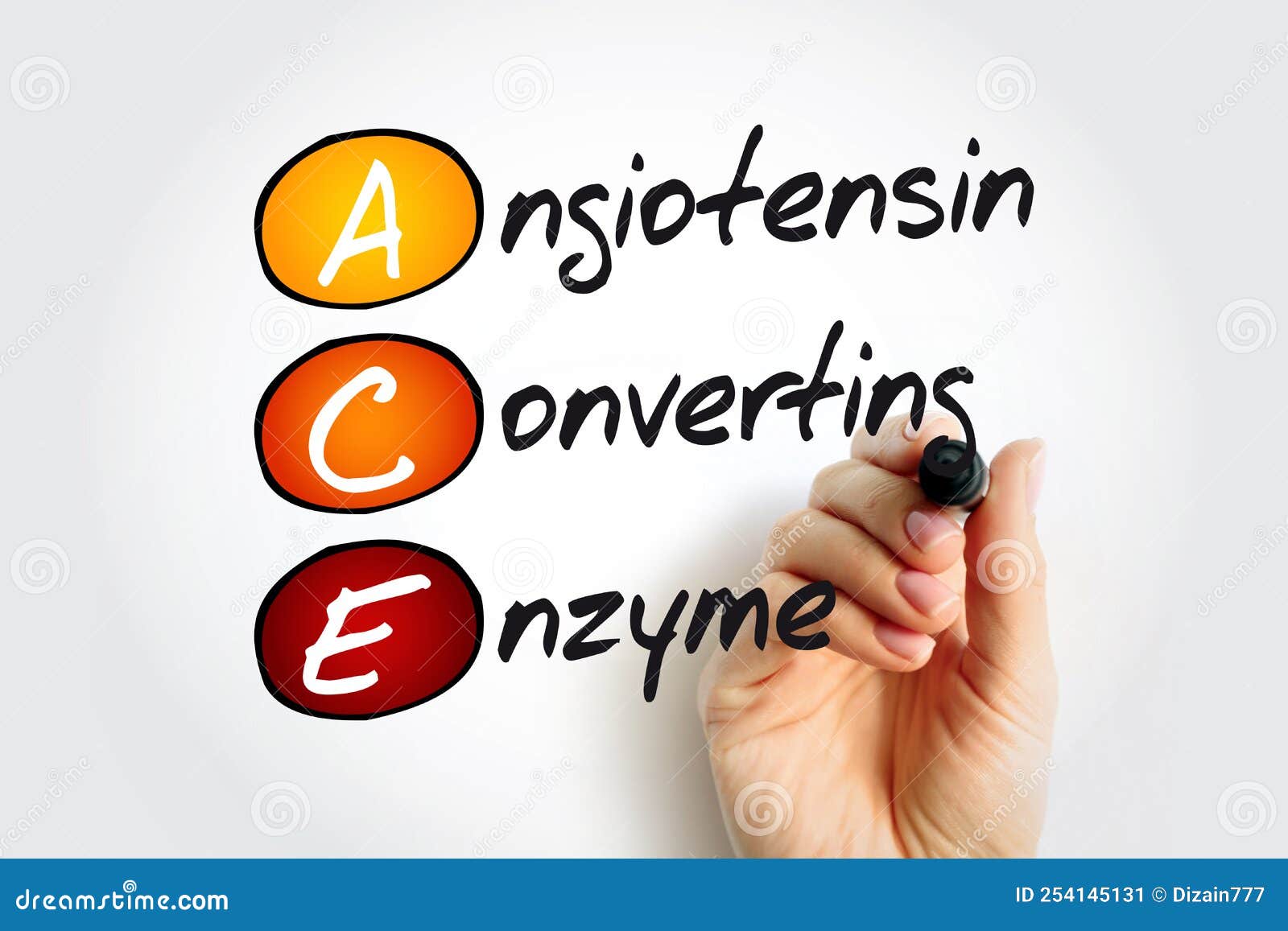
Combined with modern gene technologies, such as cell-specific promoters, the Cre/lox system, and genome editing, AAVs represent a practical, rapid, and economical alternative to conditional knockout and transgenic mouse models. Among viral delivery systems, adeno-associated viruses (AAVs) are relatively safe and demonstrate high gene transfer efficiency, low immunogenicity, stable long-term expression, and selective tissue tropism. Reinterprets a Vector as a new Vector256.Delivering and expressing a gene of interest in cells or living animals has become a pivotal technique in biomedical research and gene therapy. Reinterprets a Vector as a new Vector128. Subtracts the second vector from the first. Returns a new vector whose elements are obtained by taking the one's complement of a specified vector's elements.

Returns a new vector whose values are the product of each pair of elements in two specified vectors. Multiplies a vector by a specified scalar value. Returns a value that indicates whether any single pair of elements in the specified vectors is equal. Reinterprets the bits of a source vector into a vector of native-sized, unsigned integers. Reinterprets the bits of the specified vector into a vector of type UInt64. Reinterprets the bits of the specified vector into a vector of type UInt32. Reinterprets the bits of the specified vector into a vector of type UInt16. Reinterprets the bits of the specified vector into a vector of type Single. Reinterprets the bits of the specified vector into a vector of type SByte. Reinterprets the bits of a source vector into a vector of native-sized integers. Reinterprets the bits of the specified vector into a vector of type Int64.

Reinterprets the bits of the specified vector into a vector of type Int32. Reinterprets the bits of the specified vector into a vector of type Int16. Reinterprets the bits of the specified vector into a vector of type Double.

Reinterprets the bits of the specified vector into a vector of type Byte. Returns a new vector by performing a bitwise XOr operation on each of the elements in two vectors. Returns a value that indicates whether each pair of elements in two specified vectors are equal. Returns a new vector by performing a bitwise Or operation on each of the elements in two vectors. Returns a new vector by performing a bitwise And operation on each of the elements in two vectors. Returns the string representation of this vector using the specified format string to format individual elements and the specified format provider to define culture-specific formatting.Īttempts to copy the vector to the given byte span.Īttempts to copy the vector to the given Span. Returns the string representation of this vector using the specified format string to format individual elements. Returns the string representation of this vector using default formatting. Returns a value that indicates whether this instance is equal to a specified vector. Returns a value that indicates whether this instance is equal to a specified object. Gets a value that indicates whether T is supported.Ĭopies the vector instance to a specified destination array.Ĭopies the vector instance to a specified destination array starting at a specified index position. Returns the number of elements stored in the vector. The following table shows which primitive numeric data type and operation combination uses intrinsic instructions for faster execution: Primitive typeĬonstructs a vector from the given read-only span of bytes.Ĭonstructs a vector from the given ReadOnlySpan.Ĭreates a vector whose components are of a specified type.Ĭreates a vector from a specified array starting at a specified index position. The term primitive numeric data type in this article refers to numeric data types that are directly supported by the CPU and have instructions that can manipulate those data types. The Vector structure provides support for hardware acceleration. It's intended to be used as a building block for vectorizing large algorithms, and therefore cannot be used directly as an arbitrary length vector or tensor. The count of Vector instances is fixed, but its upper limit is CPU-register dependent. Vector is an immutable structure that represents a single vector of a specified numeric type.


 0 kommentar(er)
0 kommentar(er)
